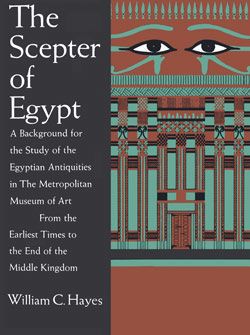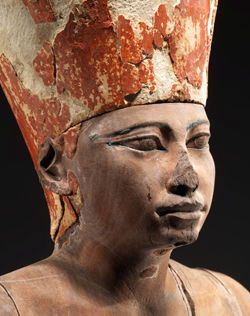Paddle Doll
Middle Kingdom
The so-called paddle doll consists of a flat piece of wood depicting the torso, rudimentary arms and neck of a woman, with a thick shock of "hair" made of beads strung on linen thread. The body is often painted with jewelry, textile patterns and/or tattoos. Contrary to their modern name, these "dolls" were not toys. The key-hole shape of the body is similar to the counterpoise of the menat necklaces that were used as percussion instruments during religious ceremonies (see 11.215.450) . When shaken, the beads of the menat necklace would have made a sound intended to appease a god or goddess. The paddle dolls, with their beaded hair, may have served the same purpose. It has been suggested that paddle dolls were an accoutrement of troops of singers and dancers who performed at religious ceremonies associated with the goddess Hathor.
This image cannot be enlarged, viewed at full screen, or downloaded.
This artwork is meant to be viewed from right to left. Scroll left to view more.






